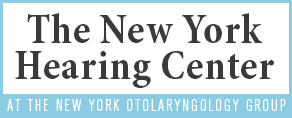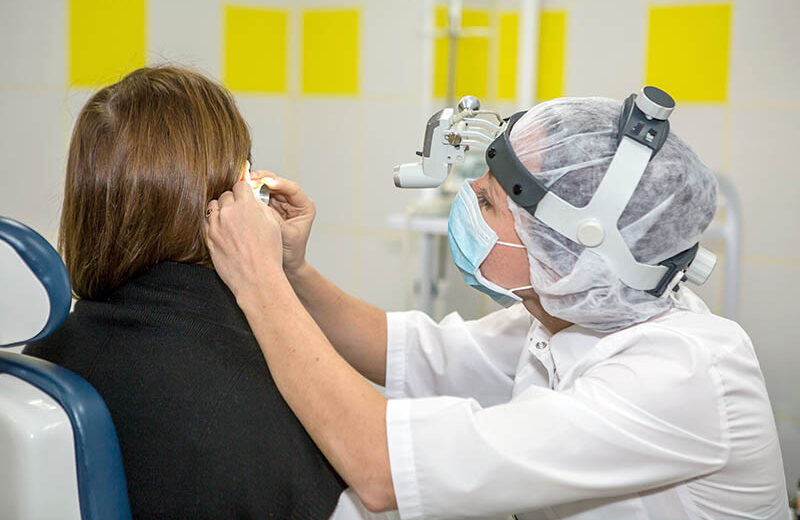Did you know that a significant number of Americans, almost 48 million individuals, experience some form of hearing loss? This can profoundly impact their communication, relationships, health, and even careers. You may be curious if hearing loss surgeries can help restore your impaired hearing if you are among this population. However, the answer is more complex as it depends on the kind of hearing loss you are experiencing. While surgical options are available to restore hearing for certain types of hearing loss, it is important to note that only a small percentage of people with hearing loss may be deemed suitable candidates for surgery. Therefore, Seeking the expertise of an otolaryngologist for any surgical procedure involving the ear is imperative.
Hearing Loss Surgeries: What Can Help Correct Hearing Loss?
Sensorineural Hearing Loss Surgery
Sensorineural hearing loss is a common consequence of age-related or noise-induced damage to the sensory hair cells. Despite the availability of surgical procedures, there are currently no options to repair the damaged hair cells. Cochlear implants are the only available solution, bypassing damaged hair cells.
Cochlear Implant Surgery
Cochlear implants are medical devices designed to address the needs of individuals who suffer from severe to profound hearing loss and have found traditional hearing aids ineffective. Unlike hearing aids, which amplify sound waves, cochlear implants directly stimulate the auditory nerve, bypassing the damaged portion of the auditory system. These implants are suitable for both adult and pediatric patients.
Cochlear implants are a medical solution intended to assist individuals who have experienced damage to the hair cells in their cochlea. The implants use electrodes implanted in the cochlea to transmit signals to the auditory nerve directly. This process is facilitated by a speech processor that captures sound signals from the surrounding environment and converts them into electrical impulses. These impulses are then transmitted to the electrodes, stimulating the auditory nerve. The brain interprets these signals as sound. Cochlear implants have significantly improved hearing ability for individuals with severe to profound hearing loss. This highly effective solution provides a more comprehensive and natural hearing experience than traditional hearing aids. Cochlear implants are a viable alternative for individuals who have not achieved positive outcomes with hearing aids and are seeking a more advanced solution to their hearing loss.
Conductive Hearing Loss Surgeries
Conductive hearing loss happens when a stoppage or injury to the outer or middle ear impairs sound conduction to the inner ear. The level of hearing loss may vary on the underlying causes, and in some instances, medical or surgical intervention may be employed to restore hearing.
Bone-Anchored Hearing Implants
Bone-anchored hearing systems are a less familiar yet essential option for individuals experiencing conductive hearing loss. Unlike cochlear implants, these systems rely on an implant surgically inserted into the bone behind the ear and a hearing aid securely fitted over it. The implant sends vibrations through the bone to the inner ear upon detecting sound. This technology benefits children who suffer from malformations of the outer or middle ear and individuals with single-sided deafness, provided that they possess one functional inner ear.
Equalization Tubes
If one has ever witnessed a child or grandchild suffering from an ear infection, one would know this condition’s painful and uncomfortable nature. According to the American Academy of Otolaryngology-Head and Neck Surgery, almost every child experiences at least one ear infection before age five. Although most children recover from ear infections without permanent damage, some children may suffer from chronic episodes that can have long-term effects like hearing loss, poor school performance, speech problems, or behavior issues.
Although toddlers and young children are the most common recipients of PE tubes, adults who suffer from the same condition may also benefit from the surgery. In addition to treating chronic ear infections, the procedure may be recommended to correct hearing problems caused by malformed eardrums, Eustachian tubes, or cleft palate.
Stapedectomy
Otosclerosis is a situation that impacts the middle ear, leading to abnormal hardening of the bone tissue. This condition, similar to atherosclerosis, occurs when the stapes bone becomes immobile, preventing vibration and transmission of sound through the ear and resulting in hearing impairment. It’s worth noting that this condition affects up to three million Americans. However, people with otosclerosis may benefit from a surgical procedure known as a stapedectomy. This procedure involves implanting a prosthetic device designed to bypass the abnormal hardening of the bone tissue in the middle ear, improving hearing ability.
Not all individuals with hearing loss are eligible for hearing loss surgery. In the near future, more options will be available to restore their lost hearing capability. If you are experiencing hearing loss, it is suggested that you visit a hearing health professional for regular hearing evaluations.





